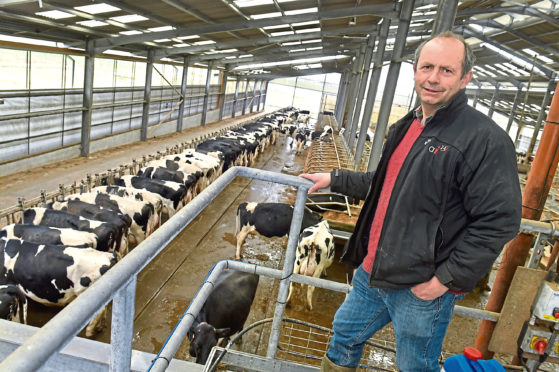Dairy farmers are being encouraged to move away from blanket treating cows with antibiotics at drying off in a bid to save money and reduce antibiotic use.
A three-year project by SAC Consulting compared dry cow performance in cows that were given a standard treatment of antibiotics and those which underwent selective dry cow therapy (SDCT). This involves only giving antibiotics to cows deemed “high risk”.
The study involved 3,342 cows on eight farms in Aberdeenshire and nine in Ayrshire.
All received an internal teat sealant at drying off, and just over half – 57% – underwent SDCT and 43% received a standard treatment.
“Initially farmers were concerned about stopping the routine treatment of cows with antibiotics at drying off,” said SAC consulting dairy specialist and project lead, Lorna MacPherson.
“However, as the project progressed, many were pleasantly surprised that the incidence of mastitis in cows on SDCT is less than those receiving antibiotics and there was no increase in cows calving in with a high cell count.
“The results showed no difference in either the dry period protection rate or the dry period cure rate between the systems. In fact, it proved that 74% of the cows self-cured.”
She said the findings should help farmers feel confident they are not risking greater need for antibiotics later down the line if they reduce their use at drying off.
Peterhead farmer Bruce Mackie, of Rora Dairy, was involved in the project and said it had given him the impetus to stop using dry cow antibiotic tubes.
He said: “Three years ago we were tubing 75% of the dry cows with antibiotics and now it is less than 25%, with no health or yield issues.
“Over the 260-cow herd our average is 3.15 lactations and, despite the data showing infection rates are higher in older cows, carrying out SDCT has not altered the age profile of our herd.”
